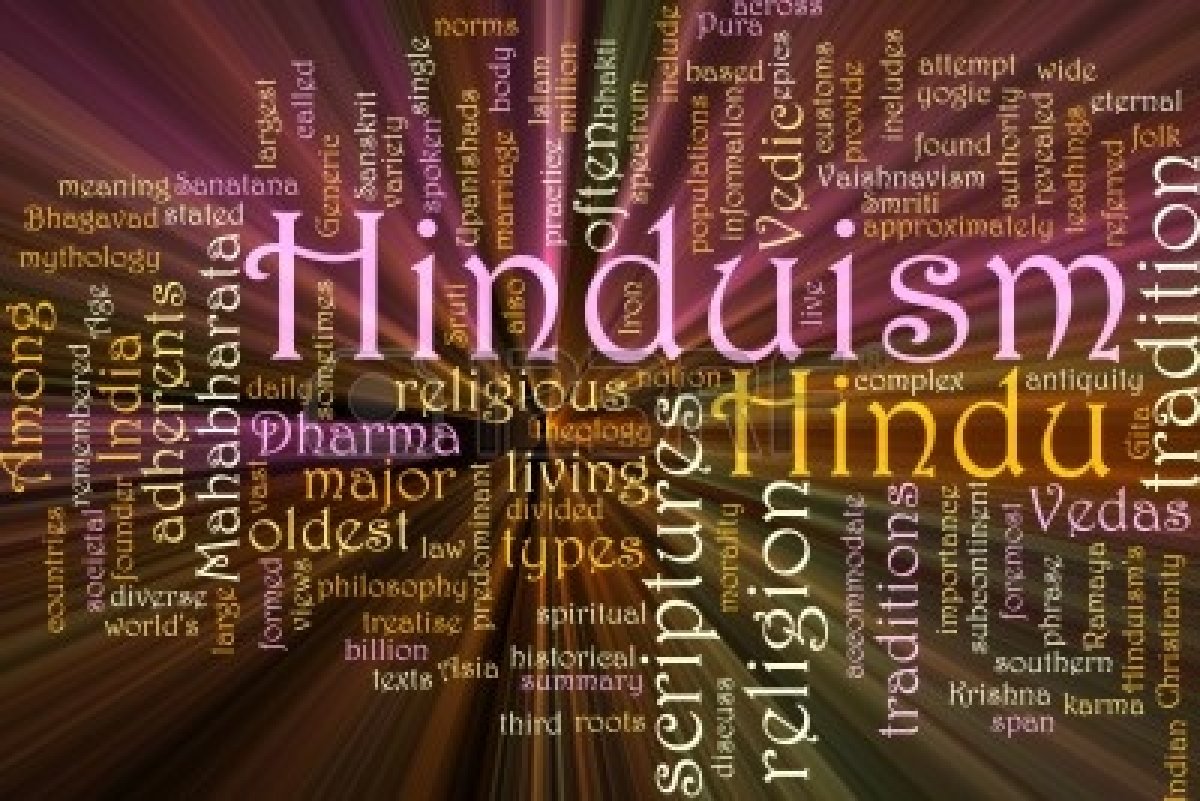 Due to its presence in the Mahabharata, the Bhagavad Gita is classified as a Smṛiti Kannan text or “that which is remembered”.The smriti texts of the period between 200 BCE-100 CE belong to the emerging “Hindu synthesis”, proclaiming the authority of the Vedas while integrating various Indian traditions and religions.Acceptance of the Vedas became a central criterion for defining Hinduism over and against the heterodoxies, which rejected the Vedas.
Due to its presence in the Mahabharata, the Bhagavad Gita is classified as a Smṛiti Kannan text or “that which is remembered”.The smriti texts of the period between 200 BCE-100 CE belong to the emerging “Hindu synthesis”, proclaiming the authority of the Vedas while integrating various Indian traditions and religions.Acceptance of the Vedas became a central criterion for defining Hinduism over and against the heterodoxies, which rejected the Vedas.
The so-called “Hindu synthesis” emerged during the early Classical period (200 BCE-300 CE) of Hinduism. According to Hiltebeitel, a period of consolidation in the development of Hinduism took place between the time of the late Vedic Upanishad (ca. 500 BCE) and the period of the rise of the Guptas (ca. 320-467 CE) which he calls the “Hindu synthesis”, “Brahmanic synthesis”, or “orthodox synthesis”. It developed in interaction with other religions and peoples:
The emerging self-definitions of Hinduism were forged in the context of continuous interaction with heterodox religions (Buddhists, Jains, Ajivikas) throughout this whole period, and with foreign people (Yavanas, or Greeks; Sakas, or Scythians; Pahlavas, or Parthians; and Kusanas, or Kushans) from the third phase on [between the Mauryan empire and the rise of the Guptas].





